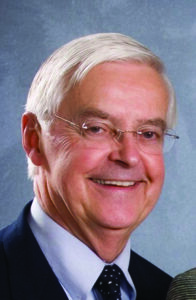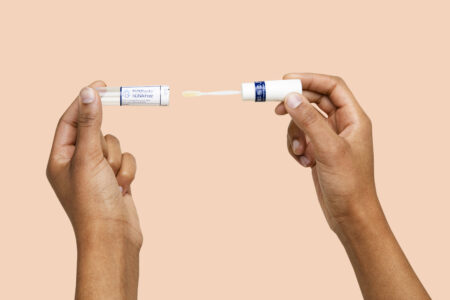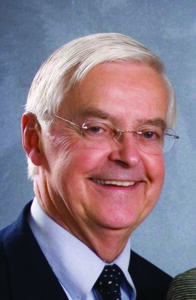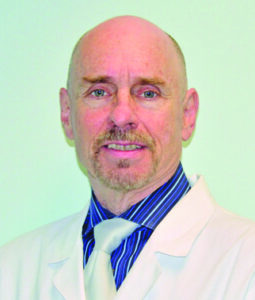Urology Pearls: How doctors die, part 2

MADJAR
How do doctors die? Do they die differently? Do they give others so much care that they wouldn’t want for themselves? The question is most relevant toward the end of life when additional medical tests and treatments may lead to discomfort, pain, and high costs, all for a relatively small gain in extra time.
In a 2013 article published in Missouri Medicine, Dr. Ken Murray, a Clinical Assistant Professor of Family Medicine at the University of Southern California, explored end-of-life decision making in the medical profession. The article, “Getting Comfortable With Death & Near-Death Experiences: How Doctors Die: A Model for Everyone?” vividly describes what he observed over the years: “Of course, doctors don’t want to die; they want to live. But they know enough about modern medicine to know its limits. And they know enough about death to know what all people fear most: dying in pain, and dying alone … They want to be sure, when the time comes, that no heroic measures will happen-that they will never experience, during their last moments on earth, someone breaking their ribs in an attempt to resuscitate them with CPR …”
Is Dr. Murray right? Is his claim backed by scientific research?
A 2021 study published in the Journal of Surgical Research sought to answer this question. 773 nurses, doctors, nurse practitioners, and physician assistants participated in the study. They were asked to decide whether they would offer a tracheostomy or a feeding gastrostomy to a hypothetical patient with a devastating neurological injury and an uncertain prognosis. Tracheostomy and feeding gastrostomy are both surgical procedures. In a tracheostomy, a small hole is created in the front of the neck to help someone breathe; in a feeding gastrostomy, a small tube is introduced through the skin of the belly directly into the stomach to allow feeding to someone who can’t eat or swallow safely.
The participants of the study were then asked to reconsider their decisions–this time imagining themselves as the patient. The researchers found that these medical professionals were significantly more likely to recommend tracheostomy and feeding gastrostomy to an unrelated patient than to themselves.
Do these answers — obtained via emailed questionnaires and asking about a hypothetical patient — reflect what happens in real life?
A study published in JAMA in 2016 may offer more relevant, convincing evidence: The researchers looked at the death records of 2,396 deceased physicians, 2,081 lawyers, and 665,579 individuals in the general population. They found that compared with the general population, physicians were less likely to die in a hospital, less likely to have surgery before their death, and less likely to be admitted to the ICU. The differences weren’t large, but they were still significant. For example, 27.9% of doctors died in a hospital compared with 32% of the general population. Physicians were less likely to die in a hospital than lawyers, but when it came to surgery or ICU admission, there was no difference between doctors and lawyers.
What do these results mean, and why did the researchers choose to include lawyers as participants in the study? The results of the study indicate that, compared to the general population, physicians receive significantly less aggressive care toward the end of their lives. Their choice may reflect their knowledge of both the burdens and futility of intensive care, but it may also be the result of better financial resources that allow doctors to pay for palliative care or skilled home nursing.
The comparison between doctors and lawyers helps in isolating the role of medical knowledge. While both doctors and lawyers share a higher educational level and economic resources than the general population, doctors were still less likely to die in a hospital. It is plausible that it is the doctors’ experience with hospital deaths that motivates them to choose a more gentle, less interventional death, at home.
I believe there is a difference between the advice doctors give their patients and the choices they make for themselves. This applies not only to end-of-life decisions but to everyday medical care. The causes of this difference vary: sometimes it stems from insufficient time and resources to fully understand patient’s values and preferences; at other times, it’s driven by external pressures–from the medical system, and from patients themselves–to act, to do more, to intervene, to squeeze every last drop of life. But often, the real barrier is a failure of imagination–the failure to truly picture ourselves in our patients’ shoes.
Confronted with a serious medical decision, ask your doctor, “What would you do if you were me?” This simple question might bring a pause to the discussion, and with it, a fresh clarity to a dire situation.






